I have a barebone ios app, that I'm trying to integrate with FireBase Cloud Messaging.
I've tried
Apple Developer Portal
I already enabled Push Notification on my App ID (com.bunlongheng.APNS) .
Firebase console
I created a project,
I created an app,
I gave the bundle ID as my app (com.bunlongheng.APNS).
I also went to the app > settings > Cloud Messaging > and upload my APNS key.
XCode
I created a pod file with this content
# Uncomment the next line to define a global platform for your project
# platform :ios, '9.0'
target 'APNS' do
# Comment the next line if you're not using Swift and don't want to use dynamic frameworks
use_frameworks!
# Pods for APNS
pod 'Firebase/Core'
end
then run pod install.
I downloaded and added the GoogleService-Info.plist into my ios app root directory.
I enabled Push Notification compatibility
Background Mode
I compiled them onto my iPhone.
Attempting to trigger a push notification.
Firebase console
I went to Cloud Messaging and tested my first message experiment.
I see a success message on the Firebase, but I still don't see anything triggering into my iPhone after I allow the permission for Notification.
AppDelegate.swift
//
// Copyright (c) 2016 Google Inc.
//
// Licensed under the Apache License, Version 2.0 (the "License");
// you may not use this file except in compliance with the License.
// You may obtain a copy of the License at
//
// http://www.apache.org/licenses/LICENSE-2.0
//
// Unless required by applicable law or agreed to in writing, software
// distributed under the License is distributed on an "AS IS" BASIS,
// WITHOUT WARRANTIES OR CONDITIONS OF ANY KIND, either express or implied.
// See the License for the specific language governing permissions and
// limitations under the License.
//
import UIKit
import UserNotifications
import Firebase
import FirebaseMessaging
@UIApplicationMain
class AppDelegate: UIResponder, UIApplicationDelegate {
var window: UIWindow?
let gcmMessageIDKey = "gcm.message_id"
func application(_ application: UIApplication,
didFinishLaunchingWithOptions launchOptions: [UIApplication.LaunchOptionsKey: Any]?) -> Bool {
FirebaseApp.configure()
// [START set_messaging_delegate]
Messaging.messaging().delegate = self
// [END set_messaging_delegate]
// Register for remote notifications. This shows a permission dialog on first run, to
// show the dialog at a more appropriate time move this registration accordingly.
// [START register_for_notifications]
if #available(iOS 10.0, *) {
// For iOS 10 display notification (sent via APNS)
UNUserNotificationCenter.current().delegate = self
let authOptions: UNAuthorizationOptions = [.alert, .badge, .sound]
UNUserNotificationCenter.current().requestAuthorization(
options: authOptions,
completionHandler: {_, _ in })
} else {
let settings: UIUserNotificationSettings =
UIUserNotificationSettings(types: [.alert, .badge, .sound], categories: nil)
application.registerUserNotificationSettings(settings)
}
application.registerForRemoteNotifications()
// [END register_for_notifications]
return true
}
// [START receive_message]
func application(_ application: UIApplication, didReceiveRemoteNotification userInfo: [AnyHashable: Any]) {
// If you are receiving a notification message while your app is in the background,
// this callback will not be fired till the user taps on the notification launching the application.
// TODO: Handle data of notification
// With swizzling disabled you must let Messaging know about the message, for Analytics
// Messaging.messaging().appDidReceiveMessage(userInfo)
// Print message ID.
if let messageID = userInfo[gcmMessageIDKey] {
print("Message ID: \(messageID)")
}
// Print full message.
print(userInfo)
}
func application(_ application: UIApplication, didReceiveRemoteNotification userInfo: [AnyHashable: Any],
fetchCompletionHandler completionHandler: @escaping (UIBackgroundFetchResult) -> Void) {
// If you are receiving a notification message while your app is in the background,
// this callback will not be fired till the user taps on the notification launching the application.
// TODO: Handle data of notification
// With swizzling disabled you must let Messaging know about the message, for Analytics
// Messaging.messaging().appDidReceiveMessage(userInfo)
// Print message ID.
if let messageID = userInfo[gcmMessageIDKey] {
print("Message ID: \(messageID)")
}
// Print full message.
print(userInfo)
completionHandler(UIBackgroundFetchResult.newData)
}
// [END receive_message]
func application(_ application: UIApplication, didFailToRegisterForRemoteNotificationsWithError error: Error) {
print("Unable to register for remote notifications: \(error.localizedDescription)")
}
// This function is added here only for debugging purposes, and can be removed if swizzling is enabled.
// If swizzling is disabled then this function must be implemented so that the APNs token can be paired to
// the FCM registration token.
func application(_ application: UIApplication, didRegisterForRemoteNotificationsWithDeviceToken deviceToken: Data) {
print("APNs token retrieved: \(deviceToken)")
// With swizzling disabled you must set the APNs token here.
// Messaging.messaging().apnsToken = deviceToken
}
}
// [START ios_10_message_handling]
@available(iOS 10, *)
extension AppDelegate : UNUserNotificationCenterDelegate {
// Receive displayed notifications for iOS 10 devices.
func userNotificationCenter(_ center: UNUserNotificationCenter,
willPresent notification: UNNotification,
withCompletionHandler completionHandler: @escaping (UNNotificationPresentationOptions) -> Void) {
let userInfo = notification.request.content.userInfo
// With swizzling disabled you must let Messaging know about the message, for Analytics
// Messaging.messaging().appDidReceiveMessage(userInfo)
// Print message ID.
if let messageID = userInfo[gcmMessageIDKey] {
print("Message ID: \(messageID)")
}
// Print full message.
print(userInfo)
// Change this to your preferred presentation option
completionHandler([.alert, .sound])
}
}
// [END ios_10_message_handling]
extension AppDelegate : MessagingDelegate {
// [START refresh_token]
func messaging(_ messaging: Messaging, didReceiveRegistrationToken fcmToken: String) {
print("Firebase registration token: \(fcmToken)")
let dataDict:[String: String] = ["token": fcmToken]
NotificationCenter.default.post(name: Notification.Name("FCMToken"), object: nil, userInfo: dataDict)
// TODO: If necessary send token to application server.
// Note: This callback is fired at each app startup and whenever a new token is generated.
print(fcmToken)
}
// [END refresh_token]
// [START ios_10_data_message]
// Receive data messages on iOS 10+ directly from FCM (bypassing APNs) when the app is in the foreground.
// To enable direct data messages, you can set Messaging.messaging().shouldEstablishDirectChannel to true.
func messaging(_ messaging: Messaging, didReceive remoteMessage: MessagingRemoteMessage) {
print("Received data message: \(remoteMessage.appData)")
}
// [END ios_10_data_message]
}
How would one go about debugging this further?
